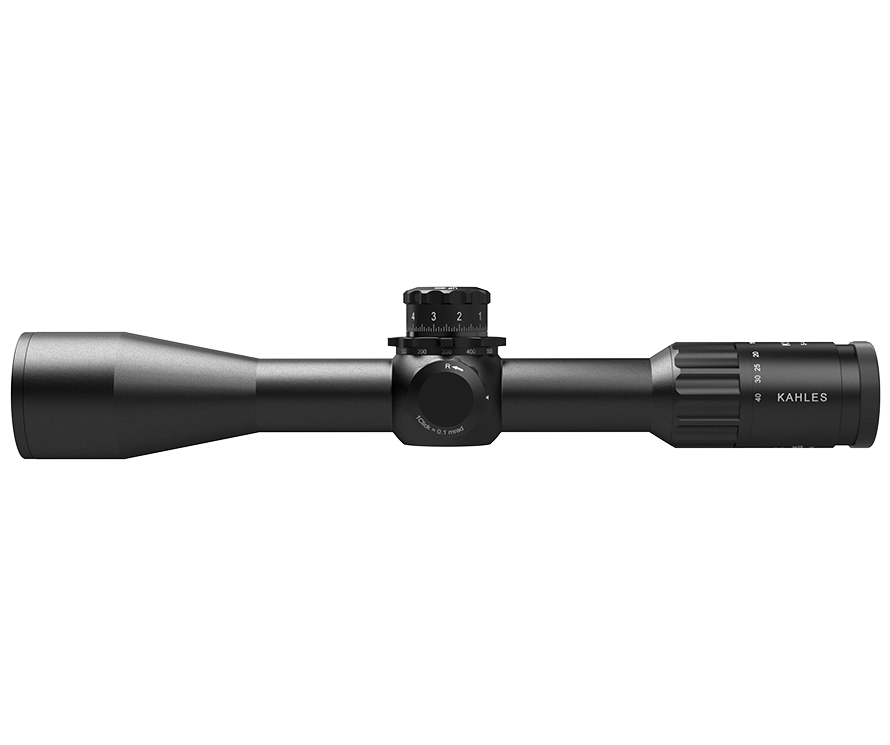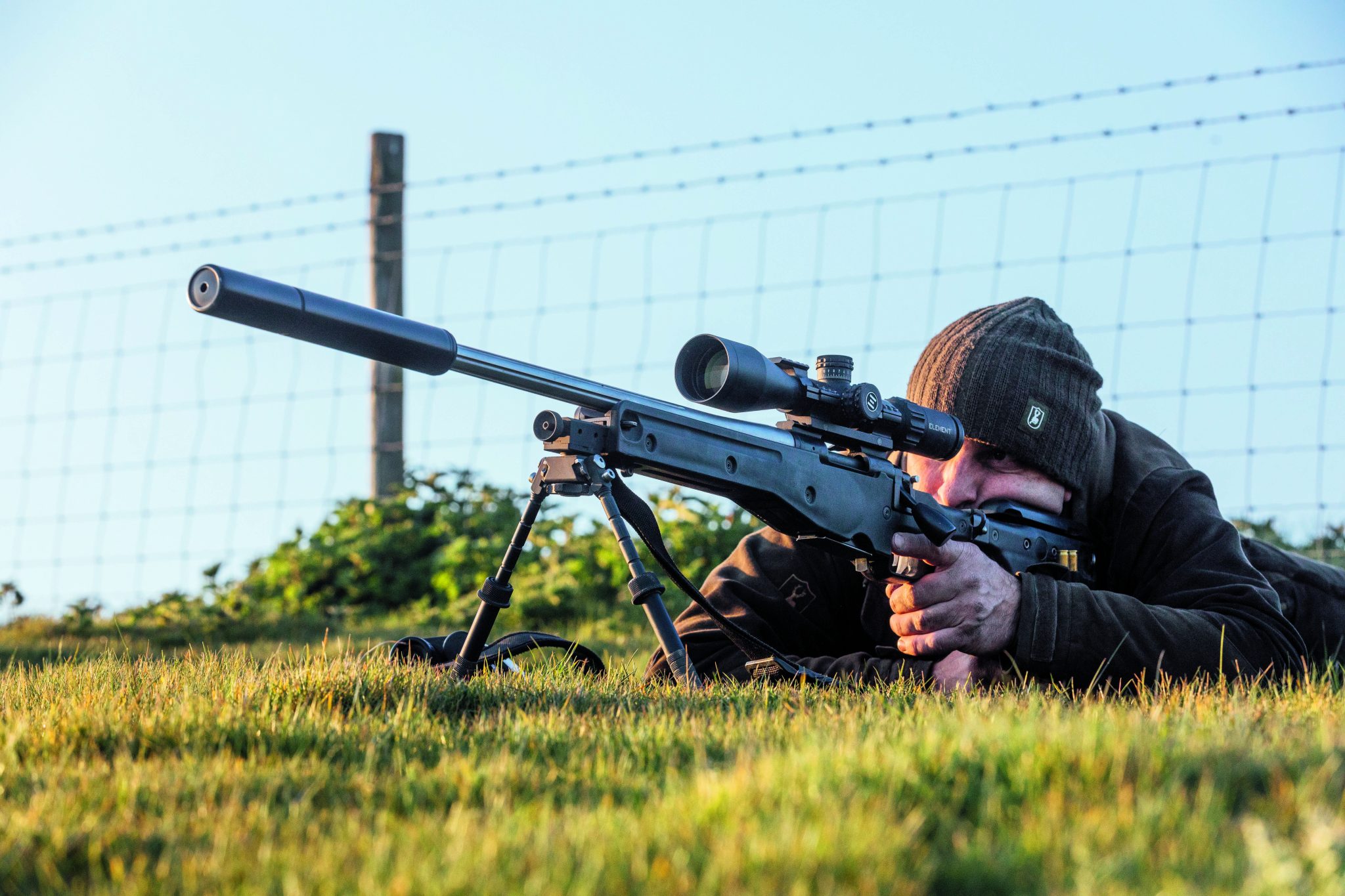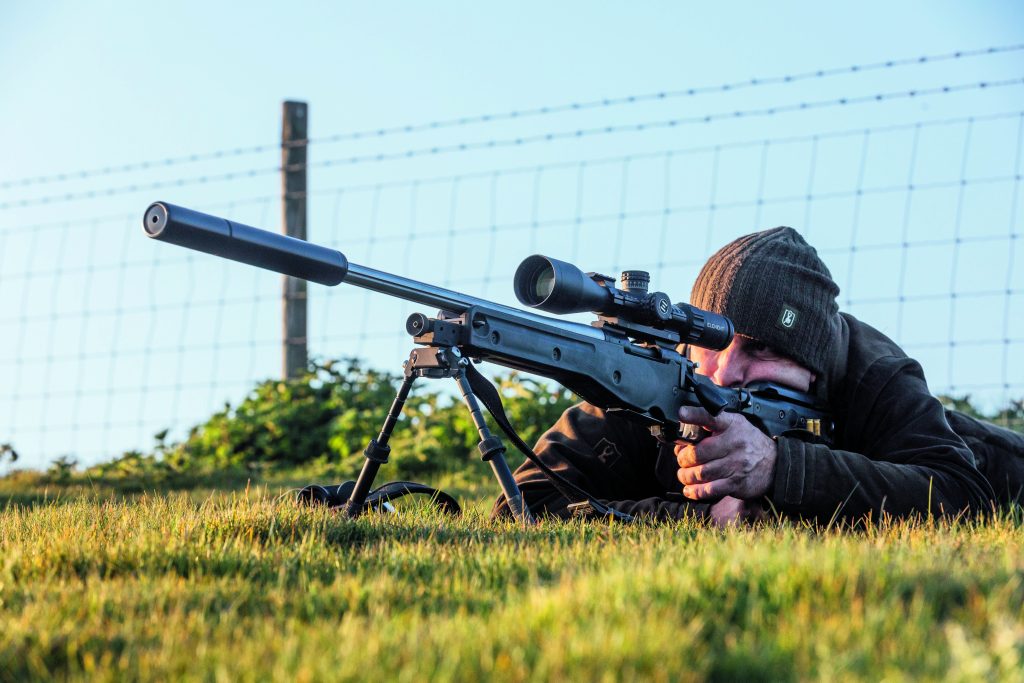News
Guns for the older gentleman review
Gun reviews: It is an unfortunate fact of life that all of us age - even the greatest sportsmen.
Would you like to speak to our readers? We offer sponsored articles and advertising to put you in front of our audience. Find out more.
Some of us season like a fine wine, only improving with our advancing years and reaching our pinnacle after some 60-odd years.
Alas, age does little to improve a poor quality wine and for many sportsmen advancing years bring aching joints, reduced mobility and frustration on the shooting field.
But advancing years need not be the end of a storied sporting career. I am lucky enough to see customers at every step of their sporting lives, and at the centre of it all is good gun fit.
Without good gun fit you will never be successful, but perhaps what many people don?t realise is just how much and how quickly your gun fit can change ? particularly as we get older.
Some of the most common complaints come from sore shoulders and reducing strength – as we reach our later years it becomes increasingly difficult to carry a heavy 12-bore all day and cope with the recoil over a day?s driven shooting.
An obvious choice, therefore, would be to switch to a 20 or even 28-bore, but the drastically reduced weight and wildly different handling characteristics of guns in these bores bring their own set of problems.
These problems are, of course, not insurmountable as long as you have a good shooting coach.
But more must be done to ensure accurate shooting with a lighter gun than a few extra lessons: alterations must also be made.
Bear in mind that these could be carried out on an existing gun, saving considerable expense when combined with a lighter load for reduced recoil.
With age generally comes reduced flexibility – particularly in the neck, shoulders and back.
Obviously these are key components when shooting, and stiffness here makes mounting and moving the gun very difficult.
ALTERING YOUR EXISTING GUN
It becomes increasingly trying to push the gun forward for a good mount, and it can become very easy to catch the heel of the stock in your armpit.
A solution here is simply to shorten the length of the stock, an operation easily carried out by any good gunsmith.
This may not be enough on its own, however, as it can also become difficult to bring the eye level with the sighting rib.
Here again, a simple alteration can be made to raise the height of the comb of the stock, bringing the barrels up to the eye line rather than pushing the head down to meet them.
Some guns may also require a little more cast to be added to the stock depending on overall flexibility. All of these alterations require proper measurements, which can only be taken during a proper gun fit session – either at a shooting school or with a good gunsmith.
Indeed, this really ought to be your first port of call when you have any difficulties with your shooting. Your body shape can change drastically from month to month, let alone in 40 years.
Even weight loss or gain can have a significant impact on your gun fit.
A SMALLER BORE
If, even after this, you are still insistent on going to a smaller bore gun, then it is certainly a viable choice – but it is not one I would recommend to a customer unless they specifically ask for it.
It takes many years to become a consistent shot, and such a significant change in the gun you use and the requisite change in style required may take a long time to recover from.
Some may not recover it at all and the last thing I want is to lose a customer!
Bear in mind that a traditional sportsman might be going from a traditional English 12-bore side-by-side – with its classic weight distribution and double triggers – to a modern continental over-under.
Dealing with a change in barrel orientation, the number of triggers and the new bore size on top of major changes in gun handling characteristics can be overwhelming.
It is worth noting there are some really superb light loads out there for 12-bores, as well as heavier loads for 20-bores, and that the modern recoil pads which can be easily fitted by any gunsmith can make a massive difference to felt recoil, so these might be worth a try as a relatively low-cost option too.
For some, serious health problems or loss of eyesight may require shooting off the opposite shoulder. Although tricky, learning to shoot off this opposite shoulder really is the best way – time consuming though it may be.
Custom-built cross over stocks are another option, though these can be expensive to make, depending on the size of the bend and can have major ramifications in terms of increased recoil.
Ultimately, advancing years or injury are no barrier to shooting as long as you are patient and take the right advice.
Churchill Coronation XXV £4,500
Related articles
News
Anti-grouse shooting petition crushed by MPs who don't even shoot
Wild Justice's petition to ban driven grouse shooting was quashed in Westminster Hall yesterday, with all but one MP opposing the ban
By Time Well Spent
News
A sound decision as moderators to be taken off licences
The Government has finally confirmed what the shooting community has long argued – that sound moderators should be removed from firearms licensing controls
By Time Well Spent
Manage Consent
To provide the best experiences, we use technologies like cookies to store and/or access device information. Consenting to these technologies will allow us to process data such as browsing behavior or unique IDs on this site. Not consenting or withdrawing consent, may adversely affect certain features and functions.
Functional Always active
The technical storage or access is strictly necessary for the legitimate purpose of enabling the use of a specific service explicitly requested by the subscriber or user, or for the sole purpose of carrying out the transmission of a communication over an electronic communications network.
Preferences
The technical storage or access is necessary for the legitimate purpose of storing preferences that are not requested by the subscriber or user.
Statistics
The technical storage or access that is used exclusively for statistical purposes.
The technical storage or access that is used exclusively for anonymous statistical purposes. Without a subpoena, voluntary compliance on the part of your Internet Service Provider, or additional records from a third party, information stored or retrieved for this purpose alone cannot usually be used to identify you.
Marketing
The technical storage or access is required to create user profiles to send advertising, or to track the user on a website or across several websites for similar marketing purposes.





